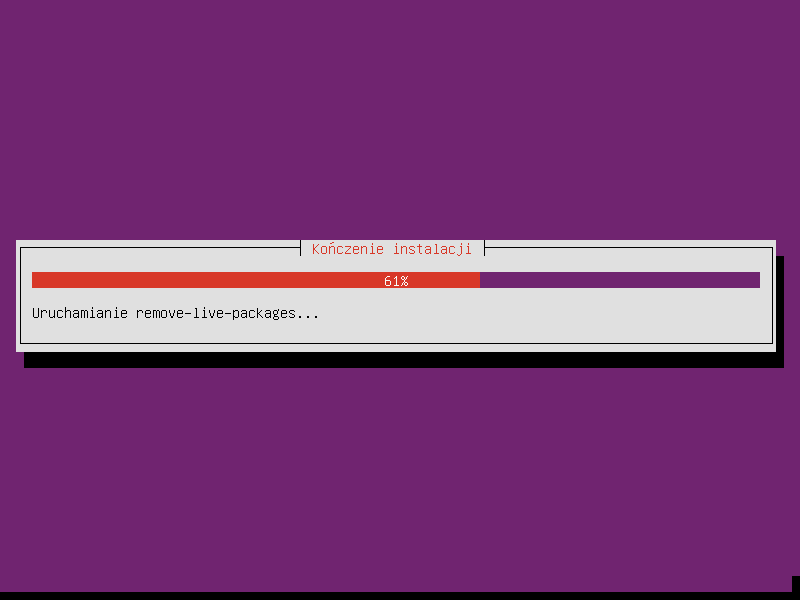
This comes in handy when you want to treat the machine like an actual hosted machine somewhere, in which you wouldn’t be directly logged into the server. In the terminal you can now enter the follow SSH command to log in from the local machine versus the running instance. Now that you have the local IP of the instance, bring up a local terminal (in this case I’m on OS-X, but if you’re on Windows pull up Putty or on Linux or another *nix variant pull up a shell). The local IP address using the ifconfig command. In the image I’ve circled the local IP address that is assigned to the instance. The ifconfig command shows a lot of information regarding the network configuration associated with the various network adapters in the machine that it is executed on. Once that’s installed I pull up my IP address with ifconfig. Sudo apt-get install openssh-server openssh-client Once the image is installed, login and install openssh-server and openssh-client. But either way, get one built and running. There are a million other options to do this too, such as starting with a clean Ubuntu image using Vagrant, which takes all of about 1-2 minutes, sometimes a bit more if you have to download the image. That will take a few minutes to install, on machines these days I’ve experience just about 8-15 minutes. These are the steps to get that installed and ready to go.įirst install the image, in this particular situation I’m using the Ubuntu 12.04 LTS Server image.

Often I’ll start with a base server image which isn’t entirely setup for SSHing into the instance.

Often that instance happens to be a local VM running in VMware Fusion (or sometimes Virtual Box). I do a lot of work with Ubuntu, 90% or so of that work is from an Ubuntu instance.


 0 kommentar(er)
0 kommentar(er)
